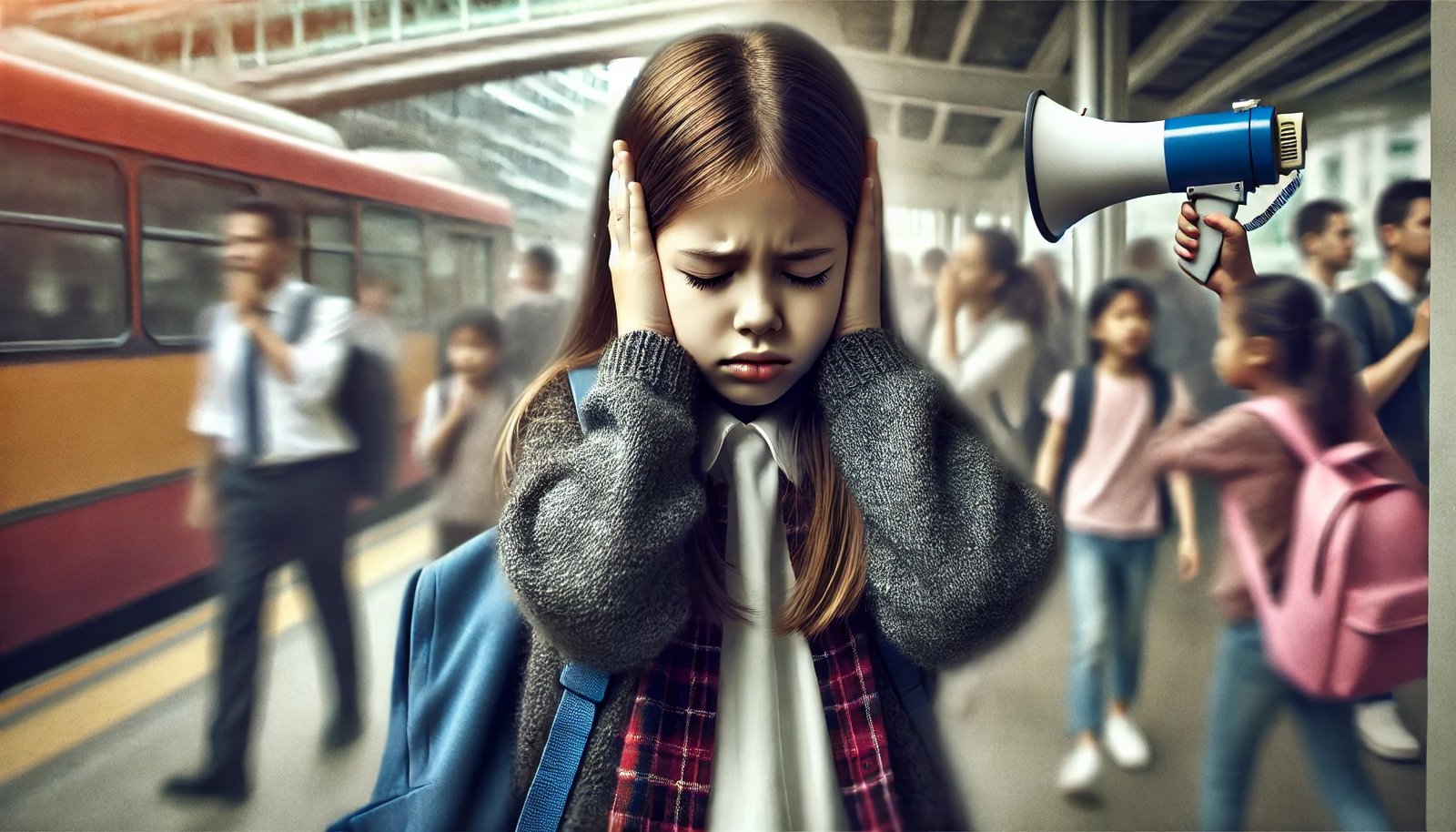Understanding Autism and Loneliness
Loneliness is a universal human experience, but it can have particularly complex nuances for autistic individuals. Research suggests that those on the autism spectrum may experience loneliness differently and, in some cases, more intensely than their neurotypical peers.
Understanding Loneliness in Autism
Autism is a developmental disorder that affects communication and behavior and is often characterized by challenges in social interactions and communication. These challenges can make it difficult for autistic individuals to form and maintain relationships, leading to significant social isolation.
Studies on Loneliness and Autism
Studies have shown that although many autistic individuals desire friendships and social connections, they often encounter barriers to achieving these relationships. For instance, a study in the ‘Journal of Autism and Developmental Disorders’ found that young autistic individuals reported higher levels of loneliness compared to their neurotypical peers, regardless of the amount of actual social interaction they had.
Risks Associated with Loneliness in Autism
Chronic loneliness not only affects quality of life but can also have serious consequences for physical and mental health. In autistic individuals, loneliness has been associated with higher rates of anxiety and depression. Additionally, the lack of social support can lead to increased stress and a negative impact on overall health.
Strategies to Address Loneliness
There are several strategies that can be employed to help autistic individuals cope with loneliness:
- Social Interventions: Programs that foster social skills and offer opportunities for interaction in a structured setting can be helpful.
- Therapy: Cognitive-behavioral therapy and other forms of psychological support can assist autistic individuals in developing strategies to manage loneliness.
- Support Communities: Online and community support groups can offer a safe space for autistic individuals to connect with others who understand their experiences.
- Education and Awareness: Educating the public about autism can promote greater inclusion and understanding.
Conclusion
Loneliness in autistic individuals is an area that requires deeper understanding and attention. It is vital that researchers, service providers, and the community at large work together to create more inclusive environments and support autistic individuals in their desire for social connection.
It is crucial to remember that each autistic individual is unique, and what works for one may not work for another. Therefore, any approach to addressing loneliness should be personalized and take into account individual preferences and needs.
Addressing Loneliness in Autistic Individuals

Social Interventions
- Social Skills Programs: These programs are designed to teach and reinforce positive social behaviors, such as initiating conversations, maintaining eye contact, and understanding social cues. They can be offered in a group setting to encourage practice in a real social environment.
- Structured Group Activities: Providing structured group activities, such as special interest clubs or sports, can offer opportunities for individuals with autism to relate to others in a more predictable and comfortable context.
- Mentoring and Role Modeling: Mentors or support peers can provide positive examples of interaction and offer guidance in social situations, helping autistic individuals navigate the complex world of social relationships.
Therapy
- Cognitive-Behavioral Therapy (CBT): CBT can be adapted to address the specific needs of autistic individuals, helping them to identify and change thought patterns that may contribute to loneliness and teaching them strategies to manage social anxiety.
- Acceptance and Commitment Therapy (ACT): This form of therapy helps individuals to live in accordance with their values and to accept difficult thoughts and feelings, rather than fighting against them, which can be especially helpful for those who feel isolated.
- Communication Therapies: Therapies aimed at improving non-verbal and verbal communication can assist autistic individuals in expressing themselves more effectively and in understanding others better.
Support Communities
- Support Groups: Support groups can provide a space where autistic individuals feel understood and accepted. These groups can be both in-person and online, which can be especially beneficial for those who find the virtual environment less stressful.
- Awareness Events: Participating in events that promote understanding of autism can help autistic individuals feel more connected to a broader community and reduce the stigma associated with their challenges.
Education and Awareness
- Public Education: Informing the public about autism and how it affects social interaction can lead to greater empathy and inclusion efforts by the general society.
- Training for Professionals: Providing training to education, health, and other relevant professionals can enhance the quality of support offered to autistic individuals.
- Self-Advocacy: Encouraging and teaching self-advocacy skills to autistic individuals can empower them to advocate for their own social and emotional needs.
Conclusion
Loneliness is a serious issue in the autistic community, and addressing it requires a multifaceted approach that combines understanding, support, and acceptance. By implementing these strategies with sensitivity and attention to individual needs, it is possible to create a more inclusive and less lonely environment for autistic individuals.
Parents play a crucial role in supporting their autistic children to navigate loneliness and social interactions. Here are some strategies that parents can use, excluding formal therapies, to help their children:
Creating Social Routines
- Structured Playtime: Organizing games and activities that require taking turns or cooperation can teach social skills naturally and in a fun way.
- Social Gathering Routines: Establishing regular routines for meetings with friends or family can help children learn how to engage socially.
- Encouraging Special Interests: Facilitating groups or clubs based on the child’s interests can connect them with peers who share similar passions, making social interactions more engaging and less daunting.
Encouraging Independence
- Independence in Activities: Encouraging children to participate in activities independently, such as a class or club, can boost their confidence and social skills.
- Promoting Self-Advocacy: Teaching children to communicate their needs and preferences helps them to develop agency and engage more effectively with others.
Fostering Emotional Intelligence
- Emotional Education: Teaching children about different emotions, how to recognize them, and how to express them can improve their understanding of themselves and others.
- Modeling Positive Relationships: Demonstrating healthy social interactions and discussing them with the child can provide a clear example for them to emulate.
It’s important for parents to model and encourage a balanced approach to social interaction that respects the child’s comfort level while gently pushing the boundaries of their social skills. This careful balance can help reduce loneliness and improve the quality of social interactions for autistic children.”













